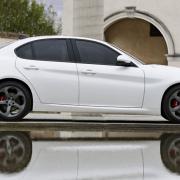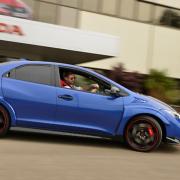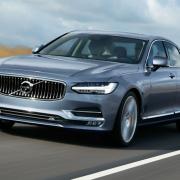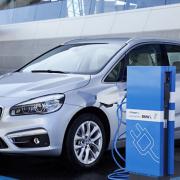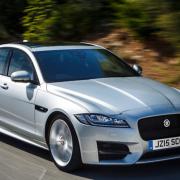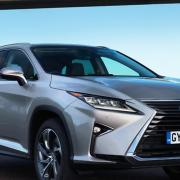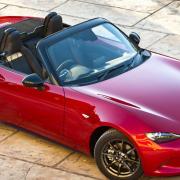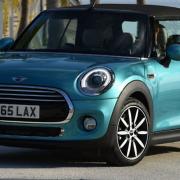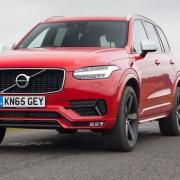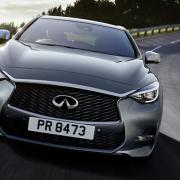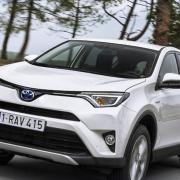Citroën and DS part in harmony, one to carry on with distinctive mainstream cars, the other to champion premium ones.
Citroën launched the original DS at the 1955 Paris motor show. The big saloon’s sleek aeronautical lines and advanced hydro-pneumatic self-levelling suspension earned 12,000 orders on the show’s first day alone.
It helped that this elegant new car’s designation was a neat pun – ‘déesse’ also means goddess in French.
But it was a far cry from another Citroën product at the other end of the spectrum: the equally legendary but cheap and cheerful 2CV ‘people’s car’ and the same marketing dilemma – “are we a premium or budget/mainstream brand?” - seems to have bothered modern-day Citroën.
Five years on from the successful re-launch of the DS badge and during the 60th anniversary year of that original goddess making its unforgettable Paris debut, Citroën and DS have become separate brands, with the latter’s first standalone model being the DS5 (from £25,980), launched originally as the Citroën DS5.
Like its 60-year-old ancestor, it was stylish inside and out. But while avoiding any aping of Teutonic rivals’ styling – a pitfall Citroën leapt into with the slow-selling C5 – it still tried to match them for handling, resulting in a harsh and unforgiving ride jarring with Citroën and DS tradition.
In re-working the DS5 for its DS-only badged debut, chassis and ride have received most attention; it is not the magic carpet ride of the original’s famous suspension and there are still occasional clunks over rough surfaces, but a huge amount of comfort has been engineered back in without losing the Citroën-badged version’s decent handling.
And there is an excellent serenity to the car’s progress, thanks to superb sound-proofing and great diesel engines. OK, the 120PS (118bhp) 1.6-litre seems too busy at times, but DS expects the middleweight 2.0 150PS (148bhp) to be the best seller – and it’s a beauty. There’s also a 2.0 180PS (178bhp) plus a diesel hybrid coming soon.
What is harder to define is just exactly what the DS5 is and what it competes with: layout-wise, it’s a five-door hatch or coupe, but some might equally label it a lifestyle estate.
The coupe label might be fairest, however, as the DS5 is not the most spacious car in the back: the raked roofline and priority given to plush armchair-like front seats, leave rear passengers denied the best of head and legroom. There’s also a letterbox-like tailgate window to cramp the driver’s rearward view.
If you expected boot capacity (465 litres) to suffer too, you’d be wrong: the similarly rakish Volvo V90 (445) has less luggage space to play with, while the larger-scale Audi A5 Sportback (480) isn’t massively better.
The DS5 cabin is sumptuous; the nascent brand is particularly proud of the intuitive touchscreen and leather seat options, notably one with a classy design resembling the watch strap links of those fashionable aviator-style chrono watches likely to be worn by target buyers.
But it’s also another sign of how the re-born DS5 echoes the aeronautical style of the 1955 DS. Indeed, those space-age front seats and control arrays make you feel like you are piloting a futuristic aircraft instead of a car.
Rather than trying to copy the Germans now, it seems clear that DS is intent on taking premium motoring to greater heights – even goddess-like levels.
DS5
Prices from: from £25,980
Model featured: Elegance BlueHDi 150 6-speed manual £27,140
Power: 148bhp and 0-62mph in 10.6 seconds
Engine: 1,997cc turbodiesel
Fuel consumption: 68.9mpg combined cycle
Road tax: £20/year (zero year one)
Best rival: Audi A5 Sportback
w




